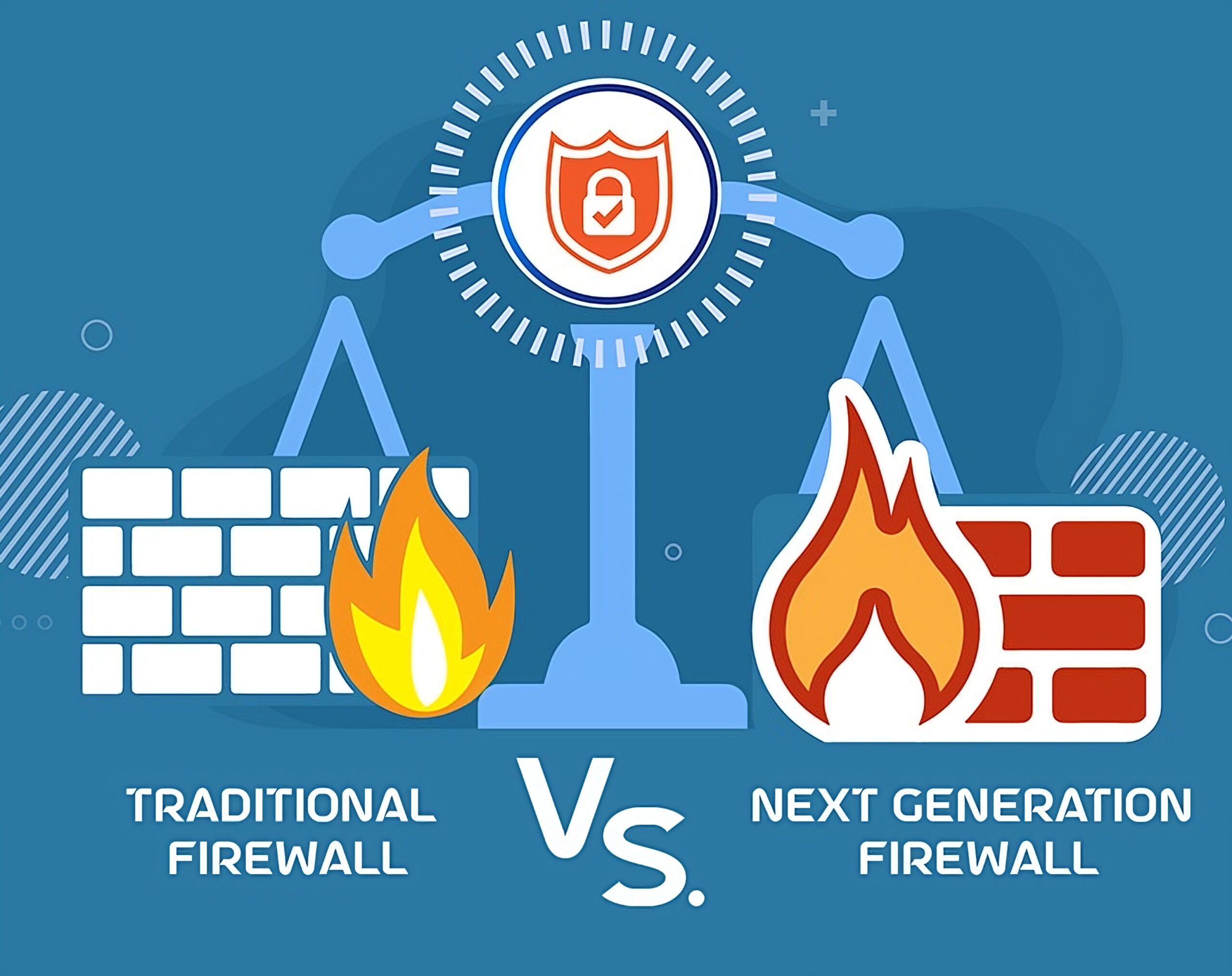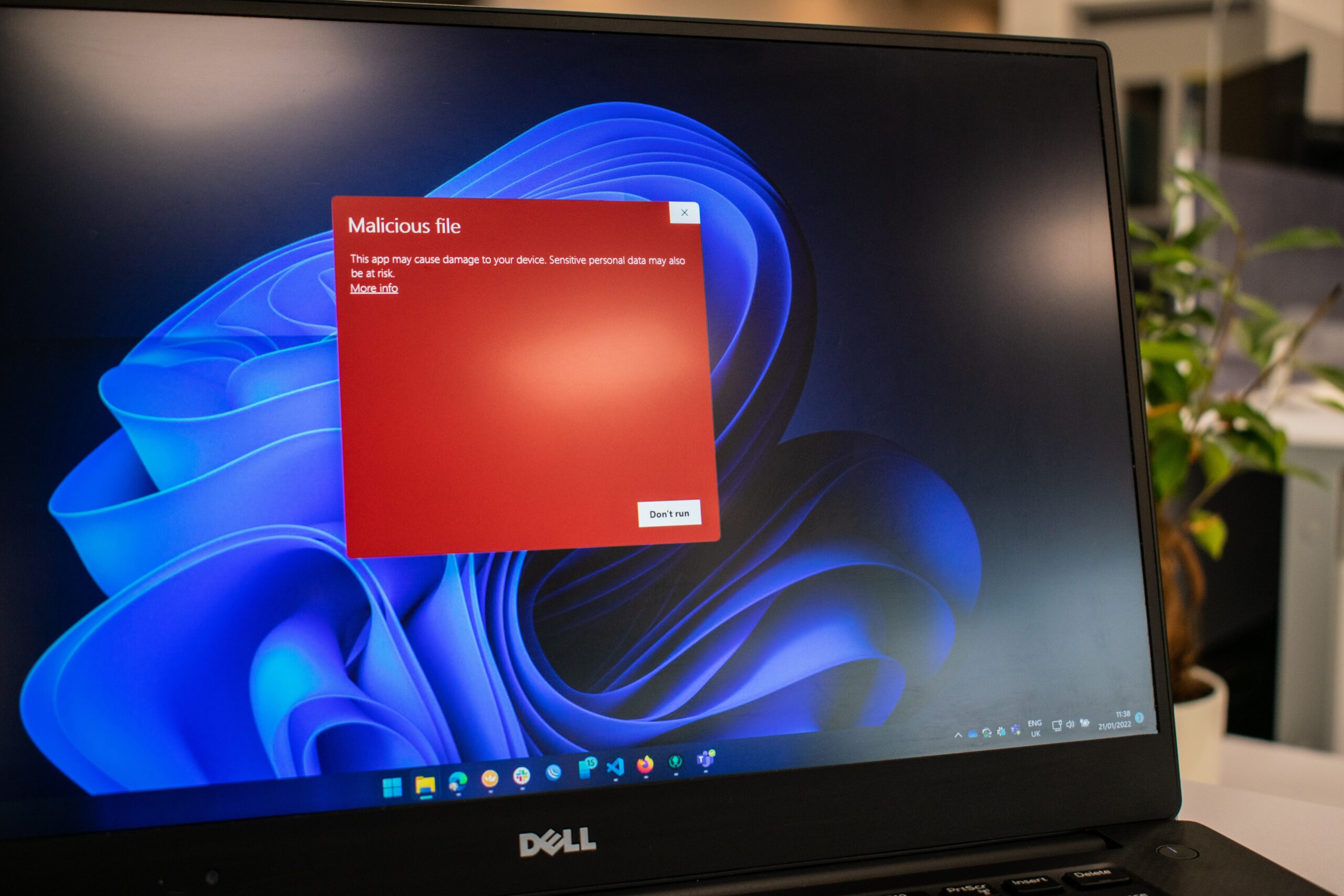The evolution of CPUs (Central Processing Units) for workstations has been a dynamic and transformative journey, shaped by the demands of computing-intensive tasks and the advancements in semiconductor technology. Workstation CPUs, crucial components for professionals in various fields, have witnessed significant changes in architecture, performance, and energy efficiency over the years.
Early Days and x86 Architecture:
In the early days of workstations, x86 architecture dominated the landscape. CPUs from companies like Intel and AMD powered workstations, providing the computational muscle needed for tasks such as CAD (Computer-Aided Design), scientific simulations, and content creation. These CPUs featured single or dual cores, and clock speeds were a primary indicator of performance.
Multi-Core Revolution:
A pivotal moment in the evolution of workstation CPUs was the advent of multi-core processors. Instead of relying solely on increasing clock speeds, manufacturers began incorporating multiple processing cores into a single chip. This shift addressed the growing need for parallel processing, enhancing the overall performance of workstations.
Intel’s introduction of the Core 2 Duo processors marked a significant step in this direction around the mid-2000s. Dual-core and quad-core processors became standard for workstations, providing substantial improvements in multitasking and parallel workload execution. As software optimized for multi-core architectures became more prevalent, the industry witnessed a boost in overall workstation performance.
Rise of Advanced Microarchitecture:
Beyond core count, advancements in microarchitecture played a crucial role in the evolution of workstation CPUs. Features like Hyper-Threading (HT) by Intel and Simultaneous Multithreading (SMT) by AMD allowed each physical core to handle multiple threads simultaneously, further enhancing parallel processing capabilities.
Intel’s introduction of Nehalem architecture and subsequent generations, including Sandy Bridge and Ivy Bridge, showcased advancements in performance, energy efficiency, and support for emerging technologies. These improvements were especially notable for professionals engaged in resource-intensive tasks such as video editing, 3D rendering, and scientific simulations.
Entry of ARM Architecture:
While x86 architecture has traditionally dominated the workstation landscape, the entry of ARM (Advanced RISC Machine) architecture into this domain has brought about notable changes. ARM processors, initially associated with mobile devices, started gaining traction in workstations, particularly for tasks requiring a balance between power efficiency and processing capabilities.
ARM-based CPUs, known for their energy-efficient design, began appearing in workstations, challenging the traditional dominance of x86 architecture. Companies like Apple, with their M1 processor, have showcased the potential of ARM-based workstations, providing a seamless integration of performance and power efficiency.
Modern Workstation CPUs:
In the contemporary landscape, workstation CPUs continue to evolve with a focus on increasing core counts, optimizing power efficiency, and embracing heterogeneous architectures. The race to higher core counts has seen CPUs with 16, 32, or even 64 cores becoming standard in high-end workstations. This increased parallelism allows professionals in fields such as 3D animation, scientific research, and data analysis to tackle complex tasks efficiently.
Manufacturers are leveraging technologies such as simultaneous multi-threading (SMT) and simultaneous multithreading (SMT) to maximize the utilization of each core, providing a balance between single-threaded performance and parallel processing capabilities.
IT Support Services and IT Service Providers:
The evolution of workstation CPUs has implications for IT support services and IT service providers. As workstations become more powerful and complex, IT support services must adapt to handle the maintenance, optimization, and troubleshooting of these sophisticated systems. IT service providers play a crucial role in recommending, procuring, and managing workstation hardware for businesses and professionals.
Understanding the intricacies of different CPU architectures, core counts, and microarchitectural features is essential for IT support professionals. Whether dealing with x86-based workstations or those powered by ARM architecture, IT service providers need to stay informed about the latest developments in CPU technology to offer effective solutions to their clients.
In conclusion, the evolution of CPUs for workstations reflects a continuous pursuit of higher performance, energy efficiency, and parallel processing capabilities. The interplay between x86 and ARM architectures, coupled with advancements in core counts and microarchitecture, has shaped the landscape of workstations. This evolution has significant implications for IT support services and IT service providers, who must stay abreast of these changes to deliver optimal solutions to their clients.



